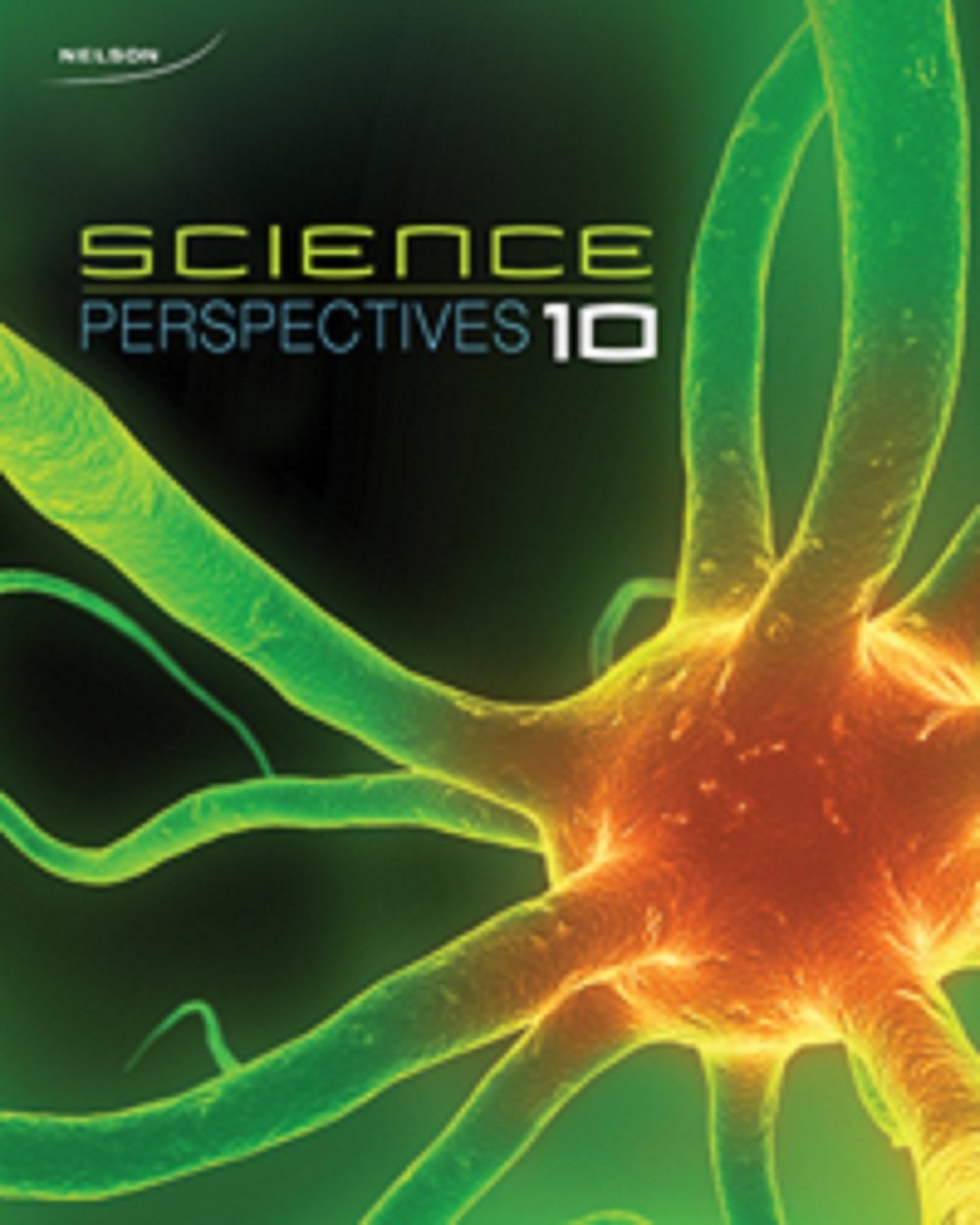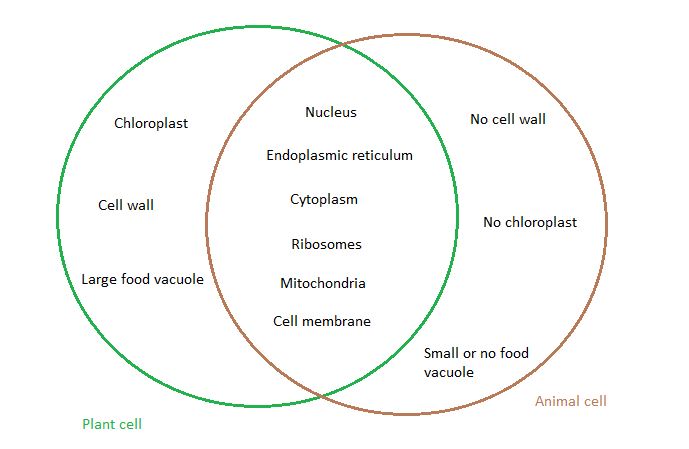
Nelson Science Perspectives 10
1st Edition
ISBN: 9780176355289
Textbook solutions
All Solutions
Page 23: What Do You Already Know?
Exercise 1
Step 1
1 of 1
A multi-celled organism is able to carry out its routine exercises by the help of systems made up of organs in the organisms body. For example a multi-celled organism is able to respire because of the presence of the respiratory system in its body. A single cell organism is able to do all of this by the help of the different parts of the cell itself. For example the respiration and power unit of the cell is the mitochondria which powers up the cell.
Exercise 2
Result
1 of 1
Humans obtain oxygen through diffusion directly into the bloodstream using the alveoli in the lungs. Oxygen diffuses into amoeba via simple diffusion from their surroundings. Worms have moist skin to facilitate the absorption of air into their body, if their skin dries out, they will suffocate.
Exercise 3
Step 1
1 of 2
Venn diagram:
Result
2 of 2
Click to see Venn diagram.
Exercise 4
Step 1
1 of 2
a.
Particles moving inside the cell via the cell membrane imply that diffusion is taking place because of the **presence of the diffusion gradient**.
Step 2
2 of 2
b.
This process is vital for the cell **to extract food and nutrients** for itself from its surroundings and excrete its waste into the surroundings.
Exercise 5
Step 1
1 of 4
Maple trees receive nutrients in the soil using roots and create energy using sunlight. They do not need to move, and they exchange gas through stomata of their leaves which open and close depending on the weather or time of day.
Step 2
2 of 4
Amoeba eat by enclosing food particles into their body, move using pseudopods (false feet) and exchange gas directly through their cellular membrane
Step 3
3 of 4
Humans eat food throughout the day to receive nutrients, walk using legs to move around, and breathe air through the nose or mouth for gas exchange within the lungs of the human body.
Result
4 of 4
Maple trees receive nutrients in the soil using roots and create energy using sunlight. They do not need to move, and they exchange gas through stomata of their leaves which open and close depending on the weather or time of day.
Exercise 6
Step 1
1 of 3
a) water lilies have roots, stems, leaves, and flowers, which humans do not have
Step 2
2 of 3
b) humans have arms, legs, feet, and a head, while amoebas are blobs with pseudopods
Result
3 of 3
a) water lilies have roots, stems, leaves, and flowers, which humans do not have
Exercise 7
Step 1
1 of 2
a.
Cell is the basic unit of life. Many same cells combine together to form a tissue, many same tissues combine together to form an organ. These organs work in association with each other to form an organ system and these system make up a functioning living being.
Cell is the basic unit of life. Many same cells combine together to form a tissue, many same tissues combine together to form an organ. These organs work in association with each other to form an organ system and these system make up a functioning living being.
Step 2
2 of 2
b. An example of this is the neuron, the basic of the brain which forms the brain is the fundamental unit of the entire nervous system.
Exercise 8
Step 1
1 of 4
a. Heart is a part of the circulatory system.
Step 2
2 of 4
b. Stomach is a part of the disgestive system.
Step 3
3 of 4
c. Lung is a part of the respiratory system.
Step 4
4 of 4
d. Spinal cord is a part of the nervous system.
Exercise 9
Result
1 of 1
Cells were observed using microscopes, and since they are so small and they can move if alive, they can be difficult to examine
Exercise 10
Result
1 of 1
There now exist multiple kinds of microscopes for viewing different small structures and their use has allowed us to view such tiny cells and study cellular behaviors
Exercise 11
Step 1
1 of 7
a) by the neck and base
Step 2
2 of 7
b) The lowest magnification lens
Step 3
3 of 7
c) When the cell is very out of focus or not visible at all
Step 4
4 of 7
d) Place a drop of what you are observing on a glass slide and lay down a transparent cover over the slide to keep the sample within
Step 5
5 of 7
e) Use the fine adjustment knob and be careful not to break the slide by smashing it with the lens
Step 6
6 of 7
f) The lowest magnification lens
Result
7 of 7
a) by the neck and base
Exercise 12
Step 1
1 of 4
a) genetic engineered plants may breed with native plants and eliminate the native population or produce plants with traits not native or engineered for
Step 2
2 of 4
b) Farmers, scientists, native peoples, landscape architects
Step 3
3 of 4
c) The crops will require less or no pesticide, saving money, but other traits of the crop may make it taste worse, grow smaller, or other qualities making the crop less desirable than normal
Result
4 of 4
a) genetic engineered plants may breed with native plants and eliminate the native population or produce plants with traits not native or engineered for
unlock

